The Circus as Post-war Escapism
Photographer Akira Tanno exposes another aspect of the post-war period with his ‘Circus of Showa Japan, 1956-1957’.
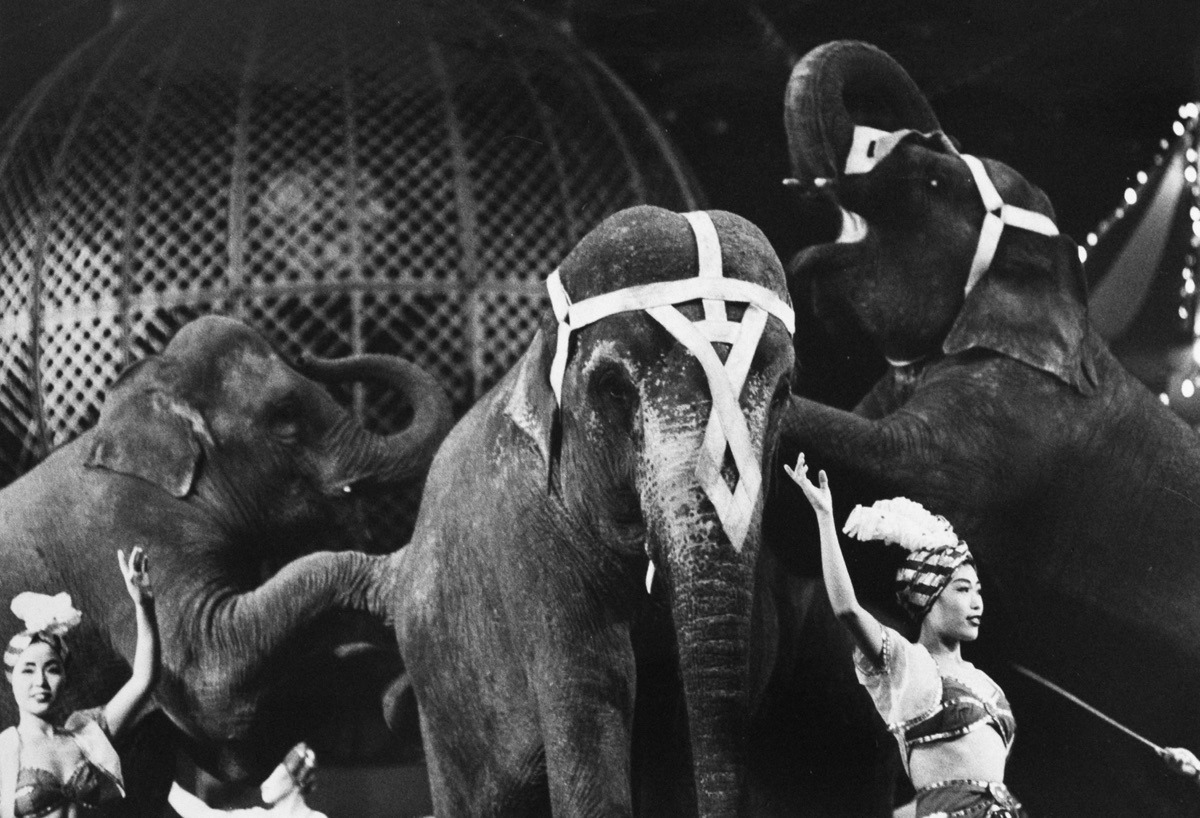
‘Circus of Showa Japan, 1956-1957’ © Zen Photo Gallery
Between 1956 and 1957, Akira Tanno immersed himself in the world of the circus, delving into the counter culture of the photography of the time, the images shocking in their realism. The photos are published in Circus of Showa Japan, 1956-1957, which was released by Zen Photo Gallery in 2015—the year of the artist’s death.
Born in 1925 in Tokyo, Akira Tanno graduated from the photography department of Nihon University in 1949. Following a stint in advertising photography as an assistant to Eigo Ohno, he joined VIVO agency in 1956, alongside the likes of Kikuji Kawada, Akira Sato, Shomei Tomatsu, Ikko Narahara, and Eikoh Hosoe.
Circus as evasion
When it comes to addressing the work of Akira Tanno, it is apt to use the expression chosen by the artist himself: ‘Photography, out of the magic box.’ The series Circus of Showa Japan, shot in black-and-white, was taken in a large tent situated near to Keio-Tamagawa station. It was here that a circus troupe would perform to an amazed crowd, escaping the reality of Japanese society by getting lost in the spectacle of acrobats, lions jumping through flames, or elephants balancing on wooden logs. In 1957, the series was presented at the Konishiroku Photo Gallery in Tokyo as part of the major exhibition, Junin no me (Eyes of Ten), curated by art critic Tatsuo Fukushima.
Akira Tanno went on to address more socio-political subjects in his work and was particularly interested in the Okinawa military base and the problem of pollution. In 1982, he founded the ‘Anti-nuclear Photographers Movement of Japan’ in order to collect the photographs taken after the explosion of the atomic bombs, which long remained unpublished in the United States.
Circus of Showa Japan, 1956-1957 (2015), is a series by Akira Tanno, and an accompanying photo book is published by Zen Photo Gallery.
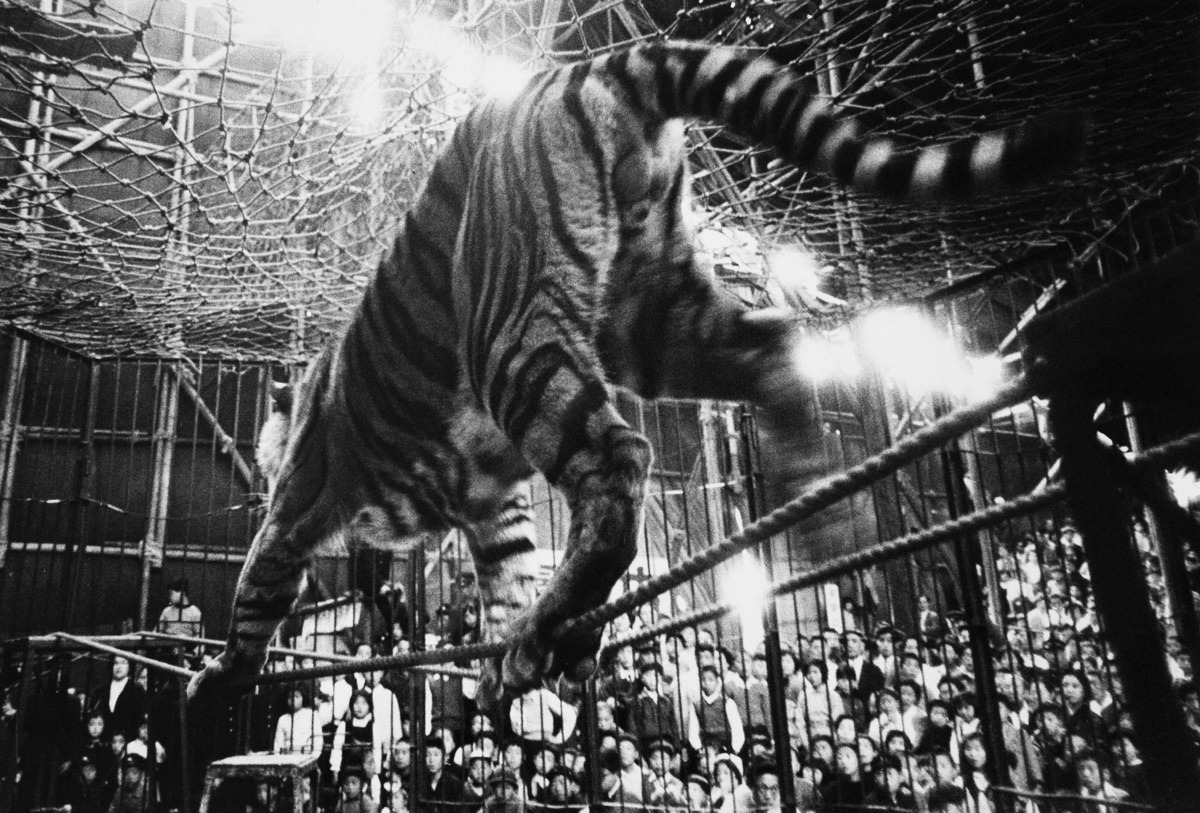
‘Circus of Showa Japan, 1956-1957’ © Zen Photo Gallery
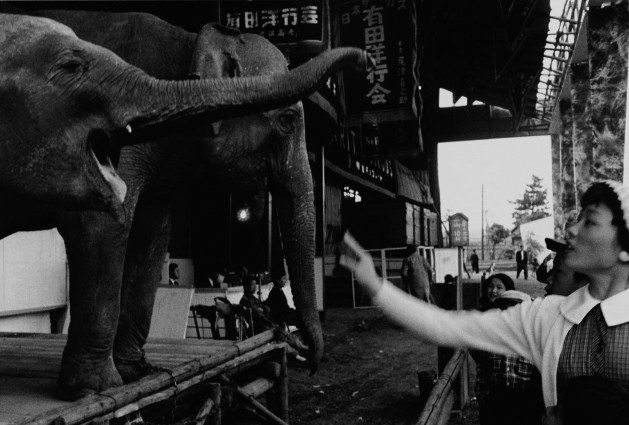
‘Circus of Showa Japan, 1956-1957’ © Zen Photo Gallery
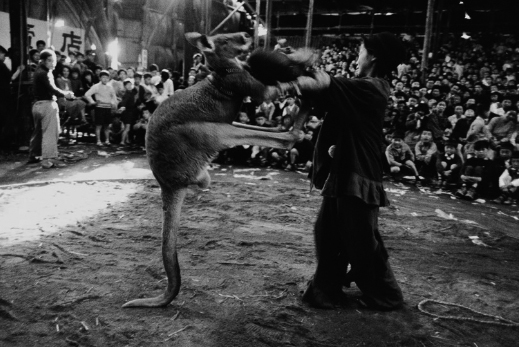
‘Circus of Showa Japan, 1956-1957’ © Zen Photo Gallery
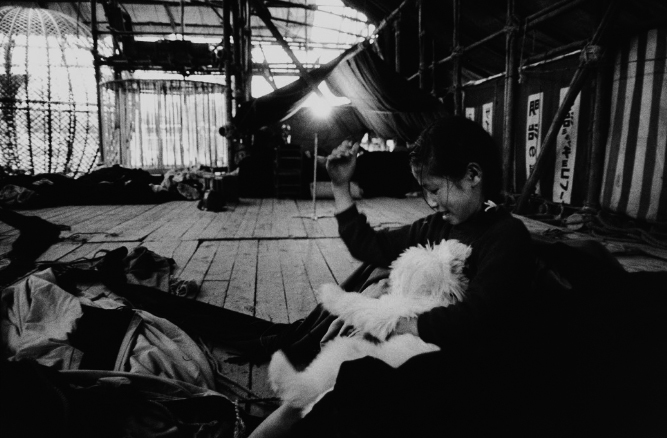
‘Circus of Showa Japan, 1956-1957’ © Zen Photo Gallery

‘Circus of Showa Japan, 1956-1957’ © Zen Photo Gallery
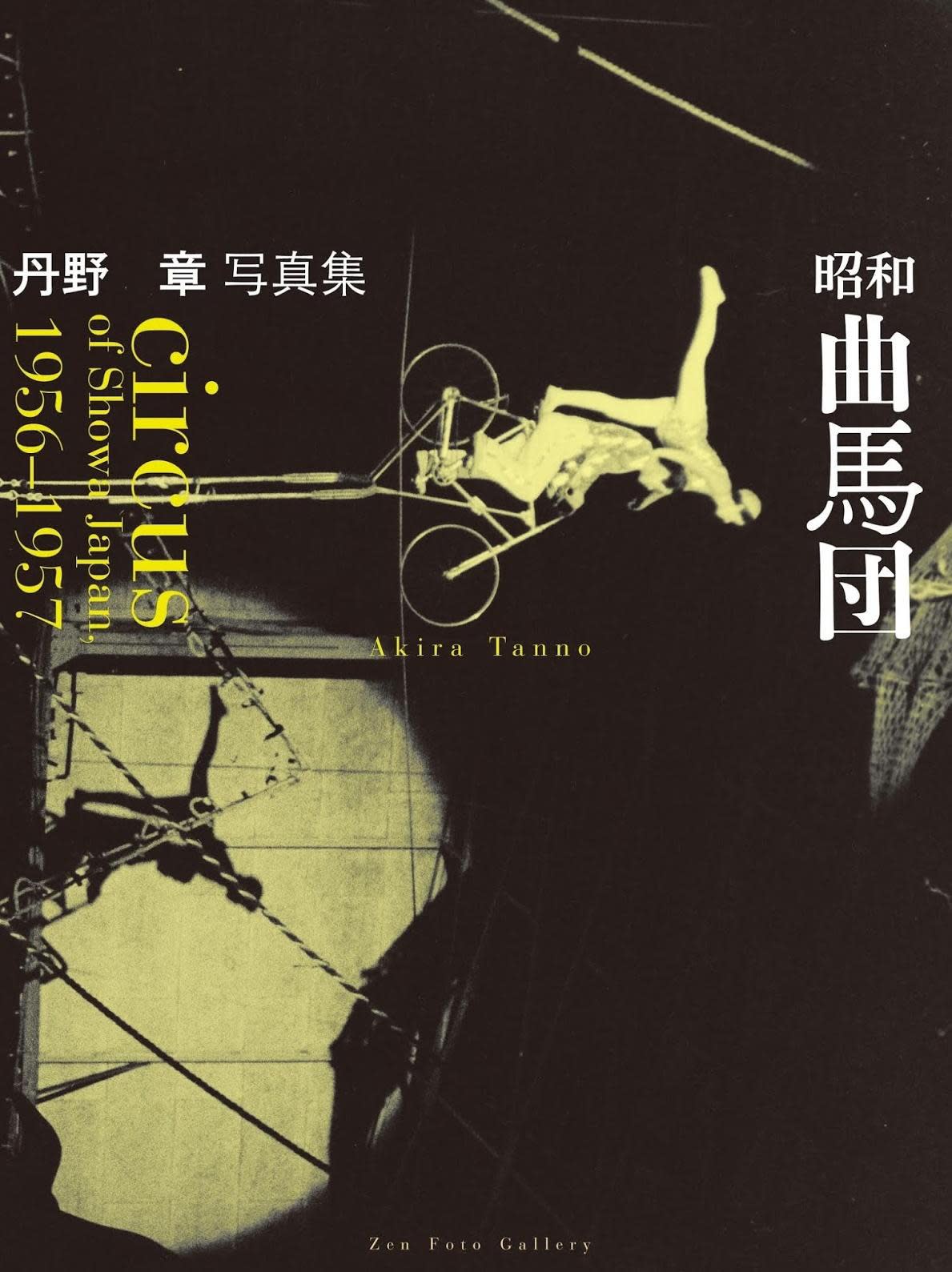
‘Circus of Showa Japan, 1956-1957’ © Zen Photo Gallery
TRENDING
-
The Tattoos that Marked the Criminals of the Edo Period
Traditional tattoos were strong signifiers; murderers had head tattoos, while theft might result in an arm tattoo.

-
Paris, Tokyo: Robert Compagnon
With his co-chef and talented wife, Jessica Yang, Robert Compagnon opened one of the top new restaurants in Paris: Le Rigmarole.
 3:31
3:31 -
The Story of Sada Yacco, the Geisha who Bewitched Europe
Described by Dazed magazine as the first beauty influencer, she has been restored to her former glory since 2019.

-
Ito Jakuchu's Naturalist Paintings
From 15 September until 14 October 2018, the Petit Palais showcased the artist's iconic ‘Images of the Colourful Realm of Living Beings’.

-
Chiharu Shiota, Red Threads of the Soul
Last year, more than 660,000 people visited the retrospective 'Chiharu Shiota: The Soul Trembles' exhibit at the Mori Art Museum.





